Air Quality
ERG’s internationally recognized air quality specialists support federal, regional, state, local, and tribal government agencies in ensuring that all citizens have safe, healthy air to breathe. To understand air pollution sources and levels, we identify and characterize point, nonpoint (area), and mobile air pollution sources; develop emission factors and air emission inventories; and perform air quality modeling. We support regulatory development and implementation to reduce air pollution emissions and improve ambient quality. We also evaluate viable emission control options; analyze regulatory impacts; provide technical support for drafting rule language and responding to comments; and develop guidance and training for regulated communities. At the local level, our air quality scientists evaluate regional and community-level ambient air quality trends, conduct community-level air quality surveys, and evaluate exposure and risk to local communities from air pollution sources. In addition, ERG’s air quality engineers and scientists review and prepare permits covering hundreds of facilities nationwide spanning virtually every major air quality rule, and they develop and deliver permitting and air quality training to regulators throughout the country.
Regulatory Development
- New Source Performance Standards (NSPS) rule development support
- National Emission Standards for Hazardous Air Pollutants/Maximum Achievable Control Technology (NESHAP/MACT) rule development support
- GHG rule development and implementation support
- Pollution control feasibility evaluations
- Primary and secondary environmental and energy impact analyses
- Cost and economic impact analyses
- Control technology evaluations
- Compliance monitoring and recordkeeping procedures development
- Response to public comments
- Rule implementation assistance, guidance, and training
Source Characterization and Modeling
- Identification of emission sources
- Characterization of emission processes and sources
- Correlation of emission sources and ambient concentrations
- Analysis of emission and ambient concentration trends
- Air dispersion modeling
Emission Factor and Emission Inventory Development
- Point and nonpoint (area) stationary sources
- Onroad, nonroad, marine vessel, locomotive, and aircraft mobile sources
- Oil and gas exploration and production sources
- Offshore oil and gas production platform installation, operation, and decommissioning
- Offshore wind farm installation, operation, and decommissioning
Ambient and Community-Level Air Quality Assessment
- Ambient air quality trends analyses
- Community-level air quality surveys
- Assessment of sources impacting ambient and community-level air quality
- Exposure evaluations and risk assessments
- Air monitoring network design and operation
Air Quality Permitting
- Title V
- New Source Review (NSR)
- Prevention of Significant Deterioration (PSD)
- General permits
Training Development and Delivery
- Clean Air Act
- Air quality permitting
- VOC and NOx emission controls
Projects
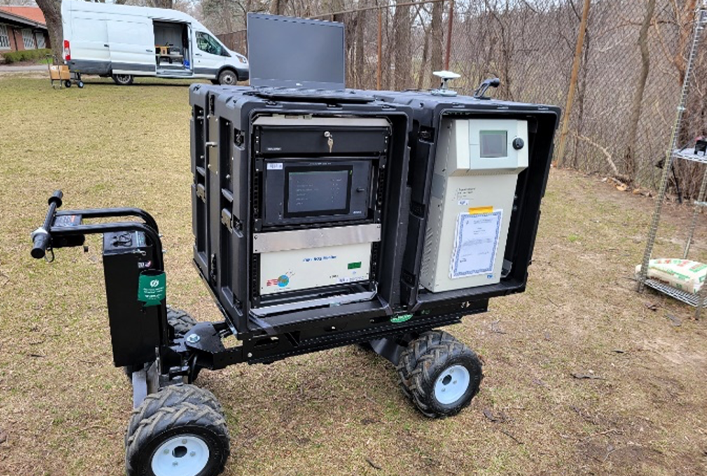
Developing Tools and Techniques to Evaluate Near-Road Air Pollution Impacts and Mitigation
U.S. Environmental Protection Agency

Colorado Refinery Study
Colorado Department of Public Health and Environment

Estimating Emissions from Animal Feeding Operations
U.S. Environmental Protection Agency

New Mexico Air Quality Permitting Support
New Mexico Environment Department

Air Quality Permitting and Emission Control Training Courses
Multi-jurisdictional air quality organizations and state, local, and tribal agencies

Air Quality Management Division Organizational Audit
Northern Nevada Public Health

Emissions Collection, Monitoring, and Data Reporting for Electricity Providers
U.S. Environmental Protection Agency
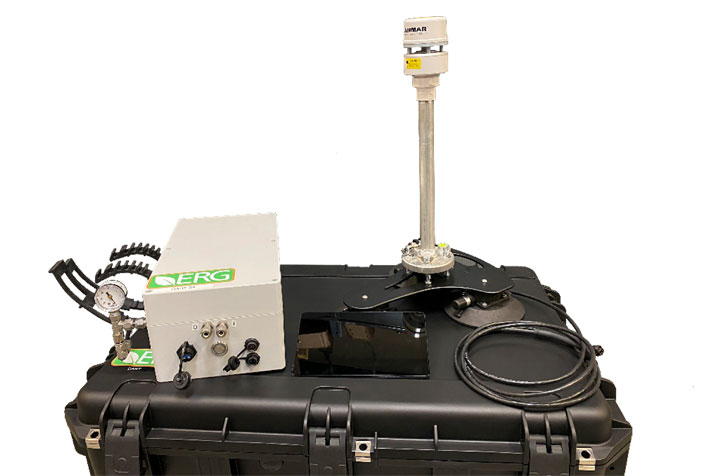
ERG-DART Innovative Mobile VOC Monitoring System
Developed by ERG for use on EPA and other client projects

New Mexico Regional Haze Support
New Mexico Environment Department

Collecting Data on Air Toxins in Paterson, New Jersey
Rutgers University

New Mexico Regulatory Development Support
New Mexico Environment Department
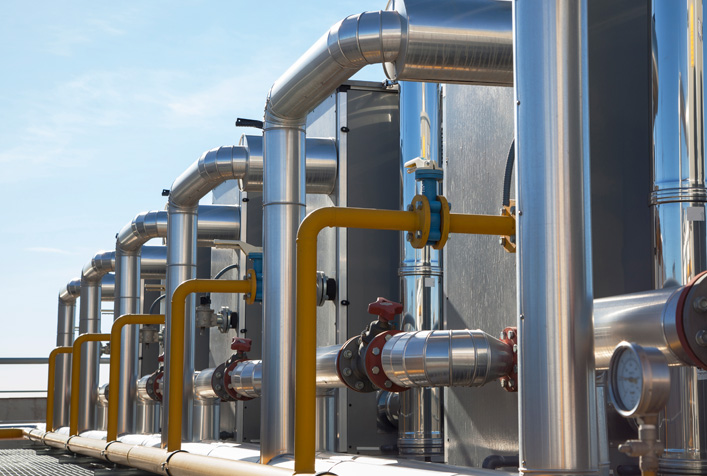
University Campus Central Plant Expansion Support
Undisclosed university
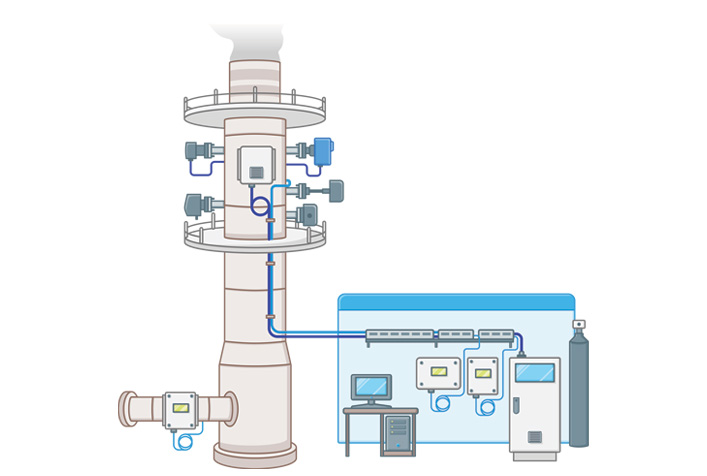
University Emissions Monitoring System Evaluation and Commissioning
Undisclosed university
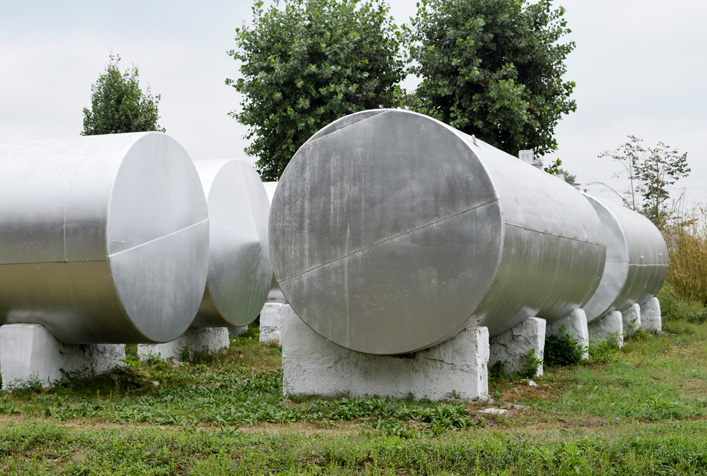
University Air and Tank Compliance Support
Undisclosed university
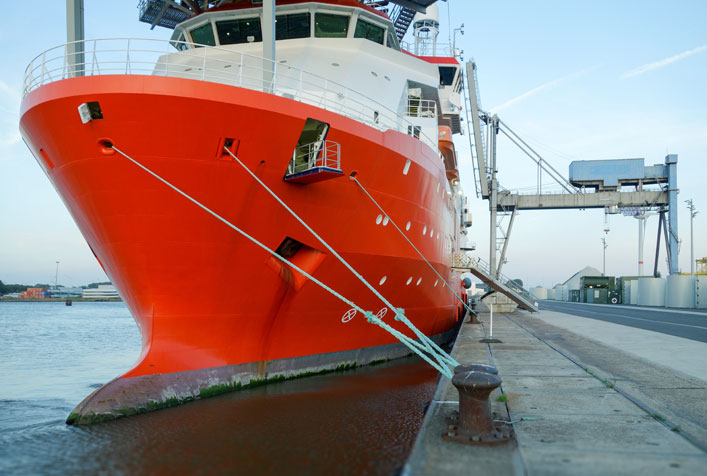
Development of EPA Shore Power Air Quality Analysis Tool
U.S. Environmental Protection Agency
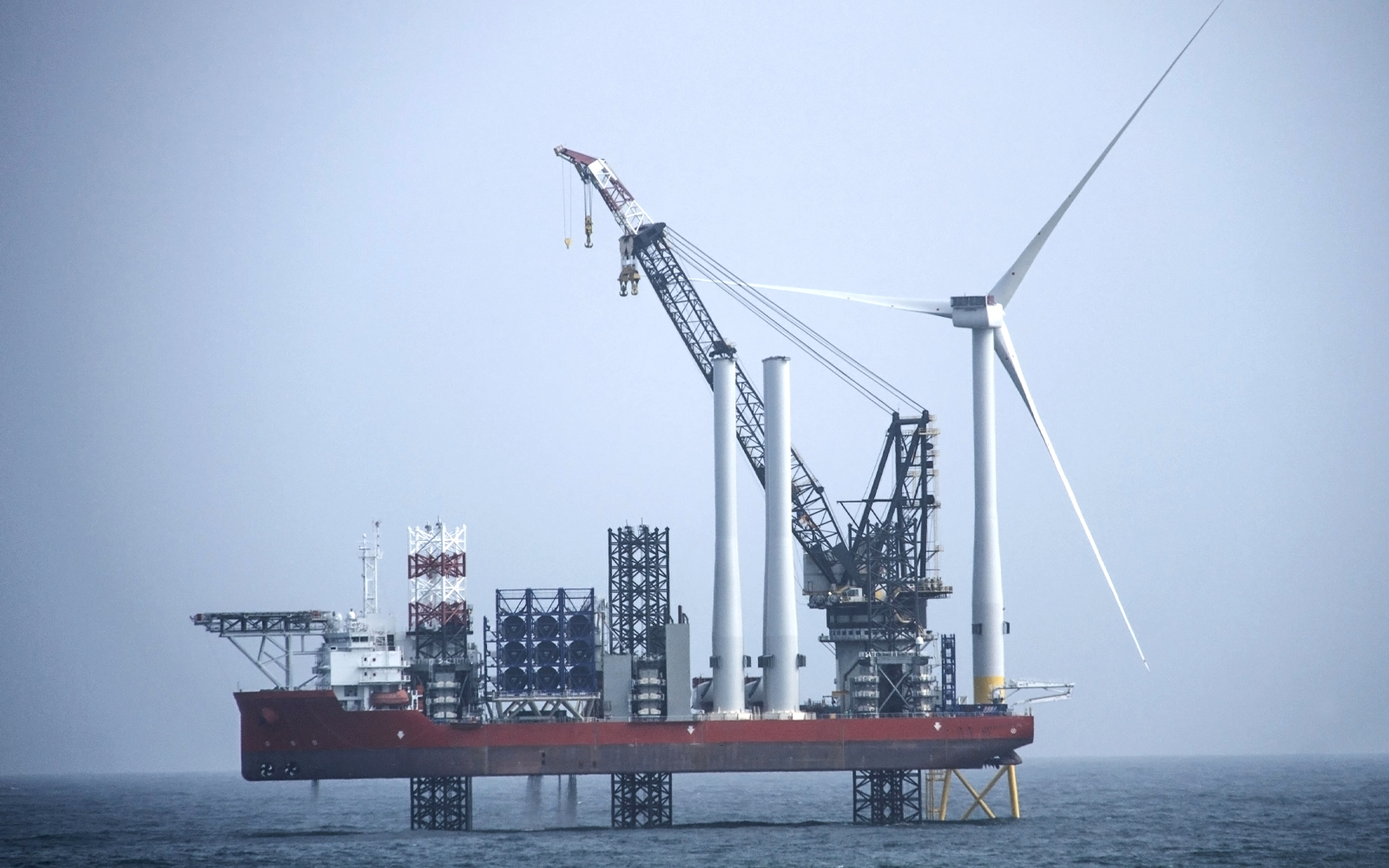
Offshore Wind Emission Estimation Tool
Bureau of Ocean Energy Management
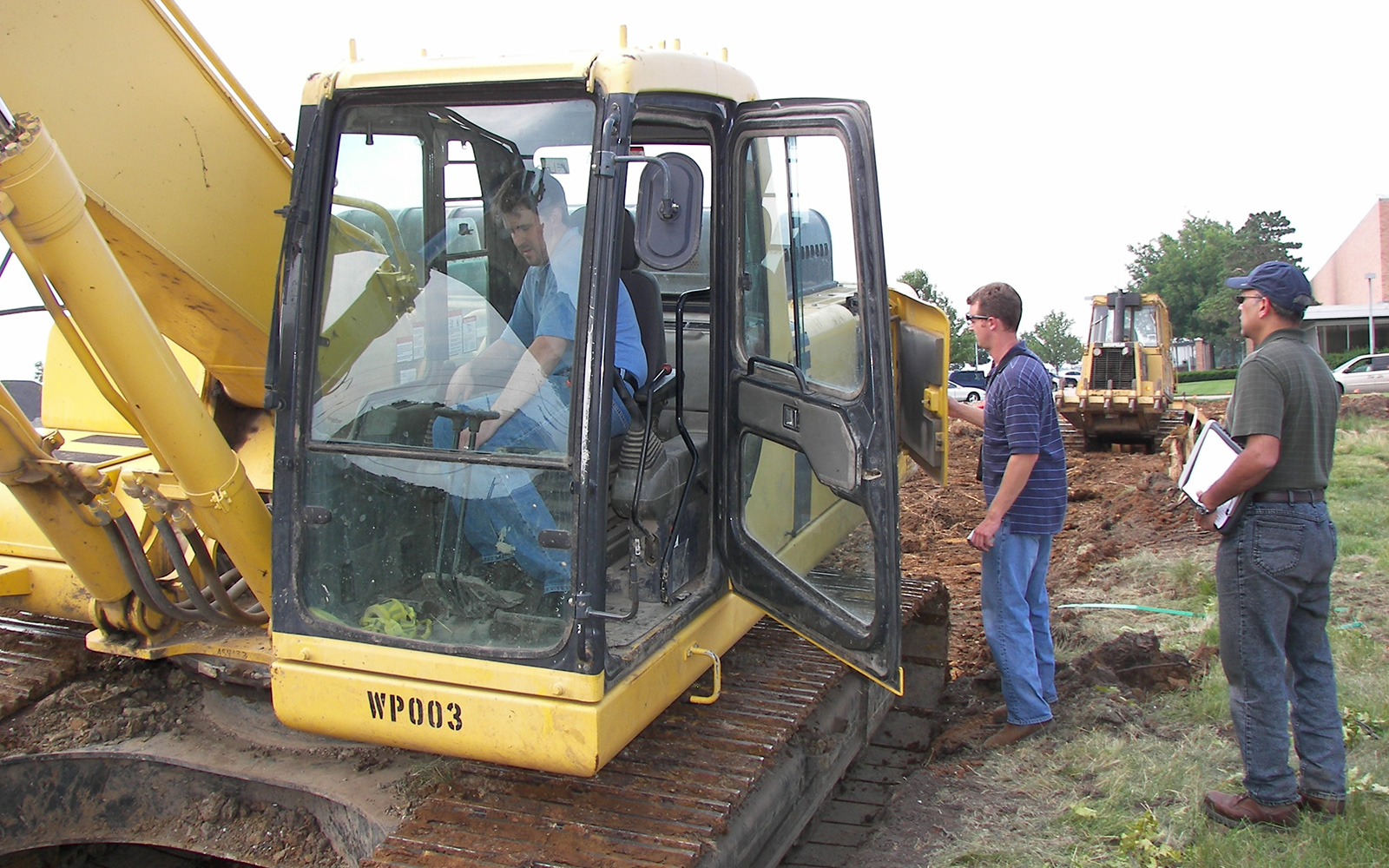
Bringing Real-World Vehicle Emissions Data into Emissions Models for Cleaner Air
U.S. Environmental Protection Agency
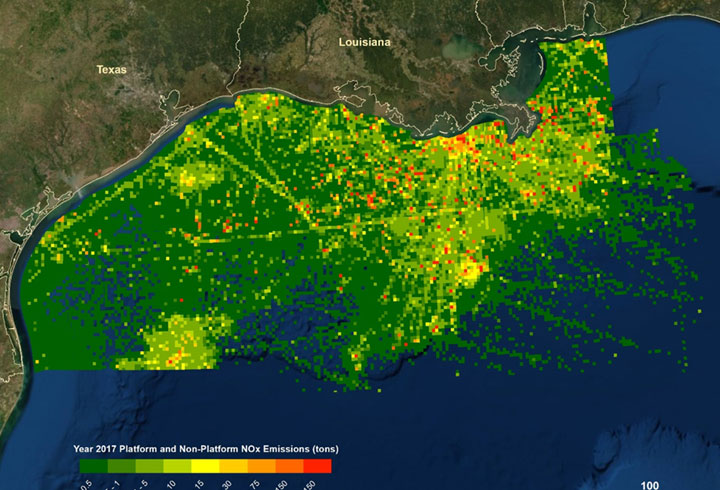
Offshore Oil and Gas Production Emissions Inventories
Bureau of Ocean Energy Management
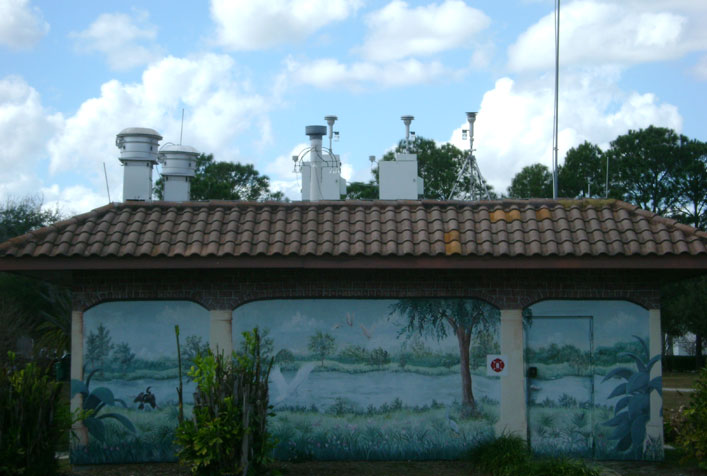
Collecting Air Toxics Data Nationwide
U.S. Environmental Protection Agency
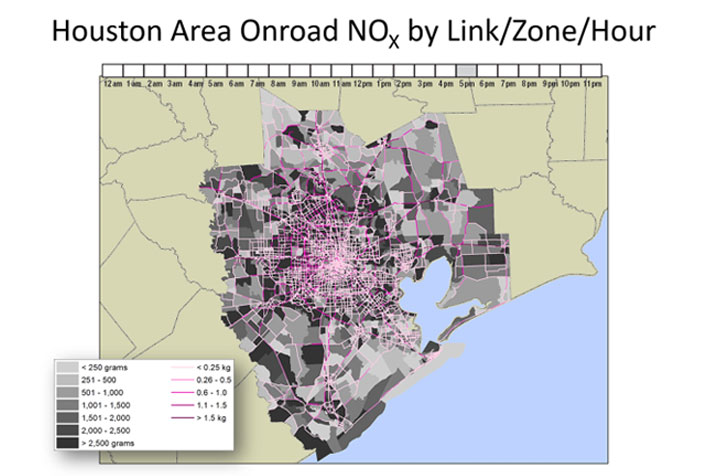
Development of an Innovative Tool to Help Regional Air Quality Districts Model On-Road Emissions
Houston-Galveston Area Council
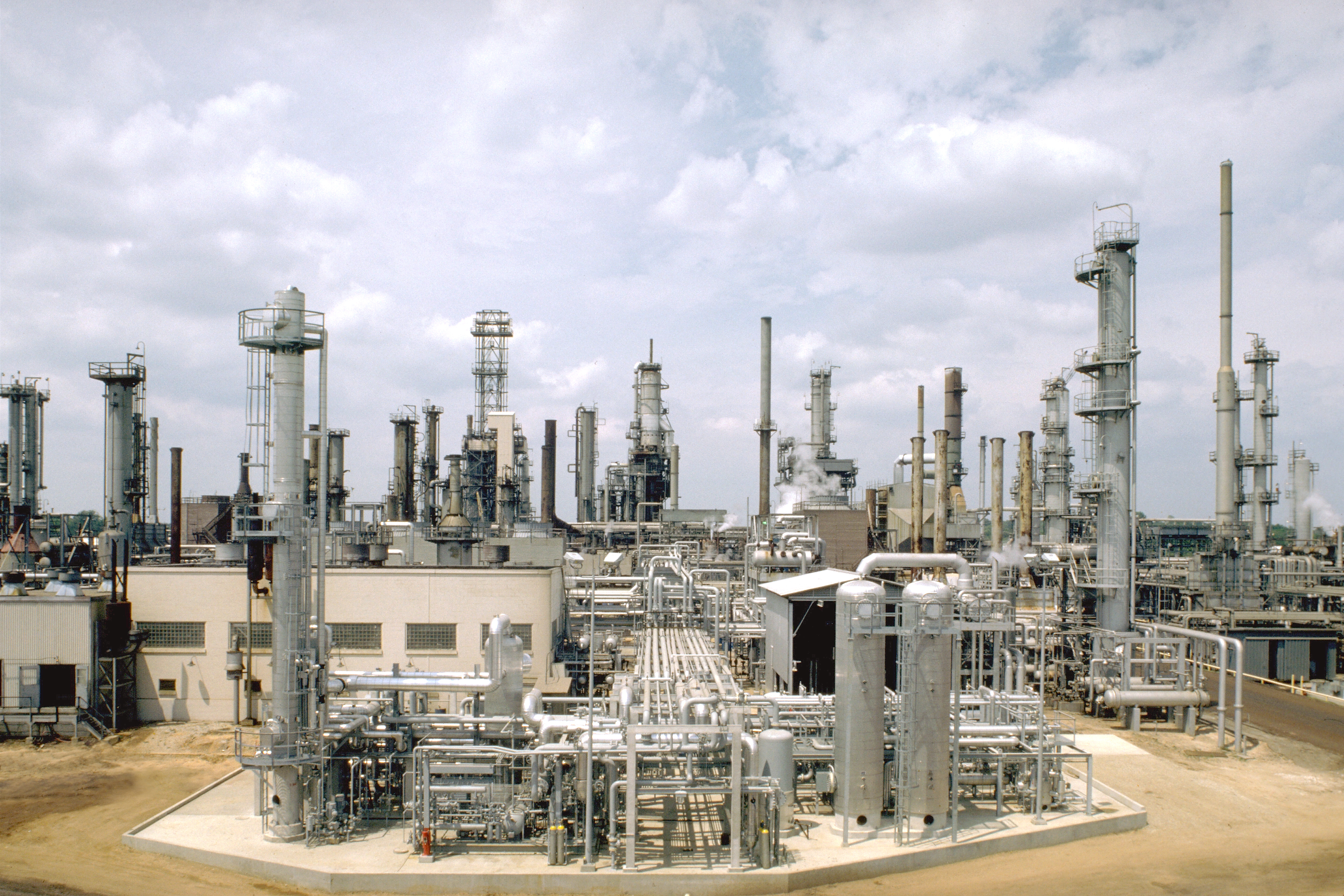
Expansion of Petroleum Refinery Model for Life Cycle Assessment
National Energy Technology Laboratory
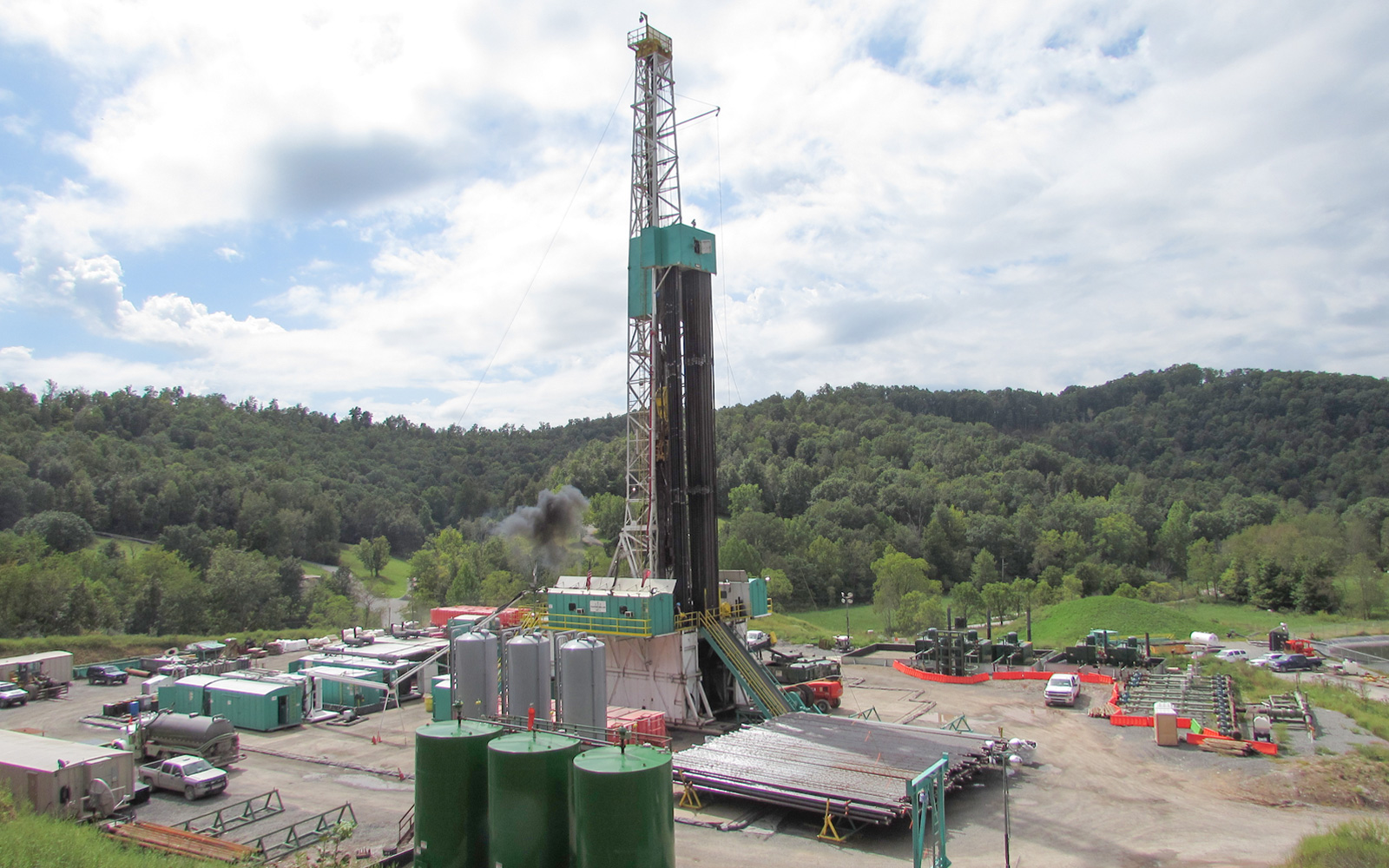
Oil and Gas Emission Inventory Development
U.S. Environmental Protection Agency

Clean Air Act Enforcement Support
U.S. Environmental Protection Agency
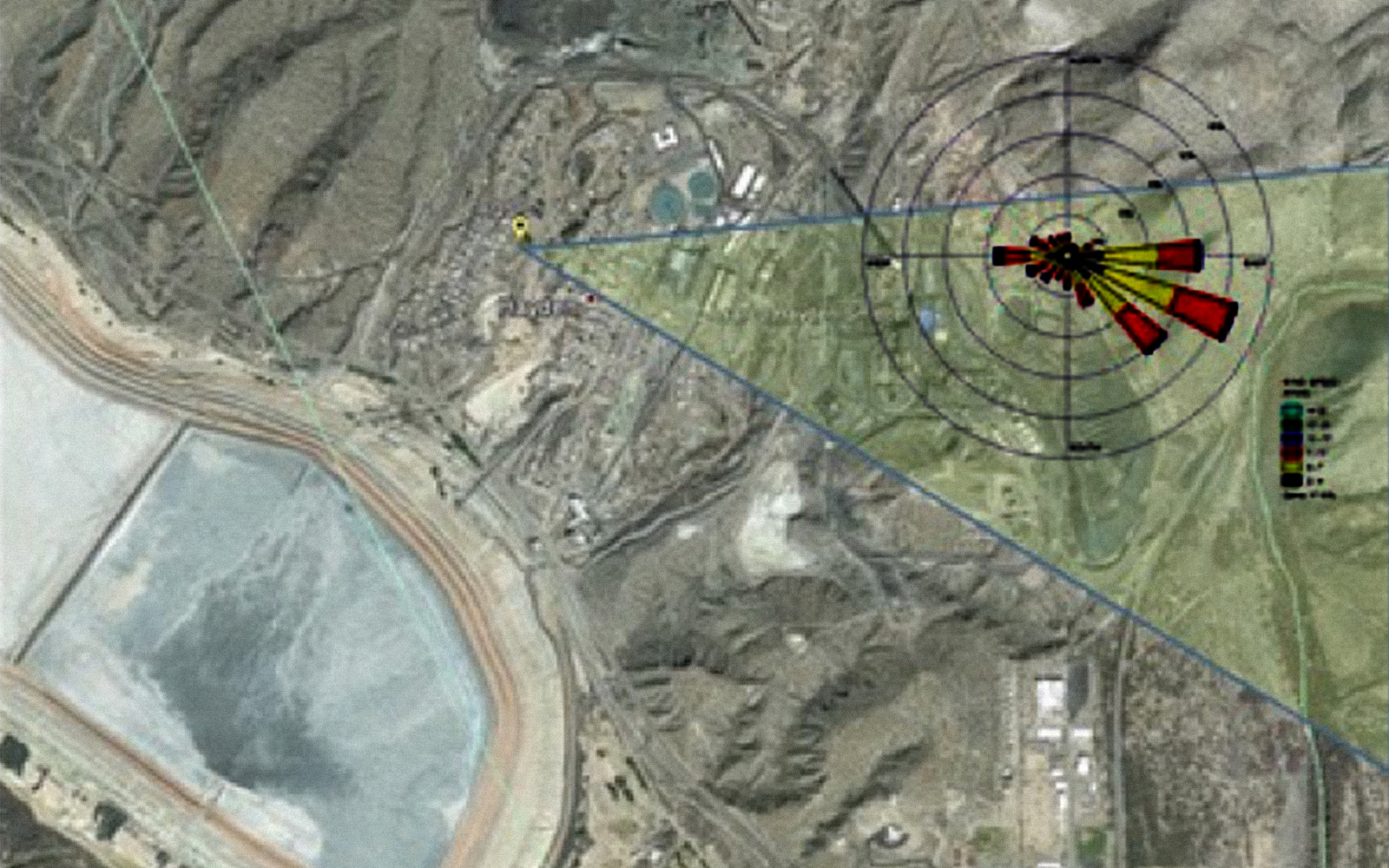
Development of an Innovative Method to Target Likely Non-compliers
U.S. Environmental Protection Agency
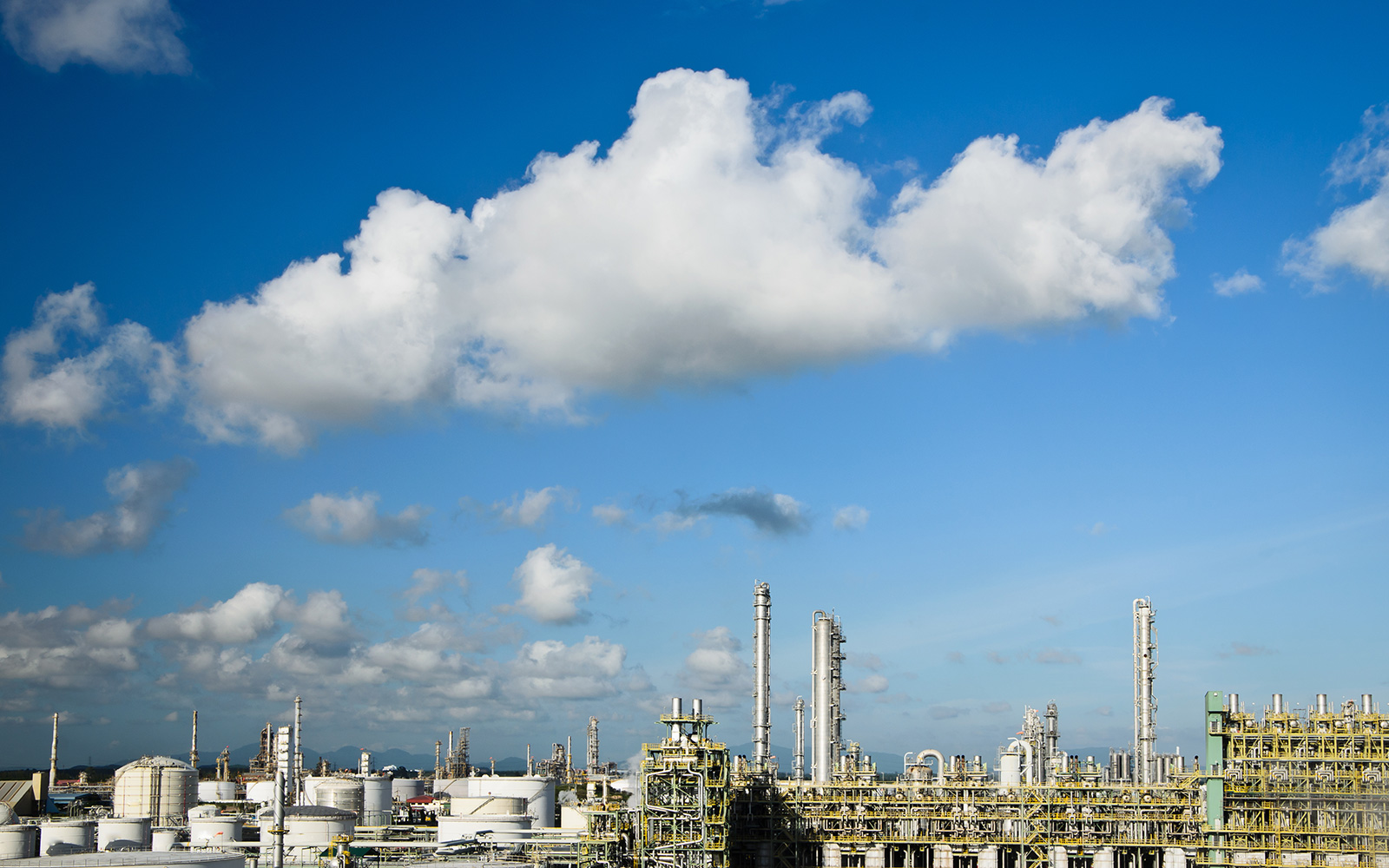
Air Quality Permitting Support
State, Local, and Tribal Permitting Agencies
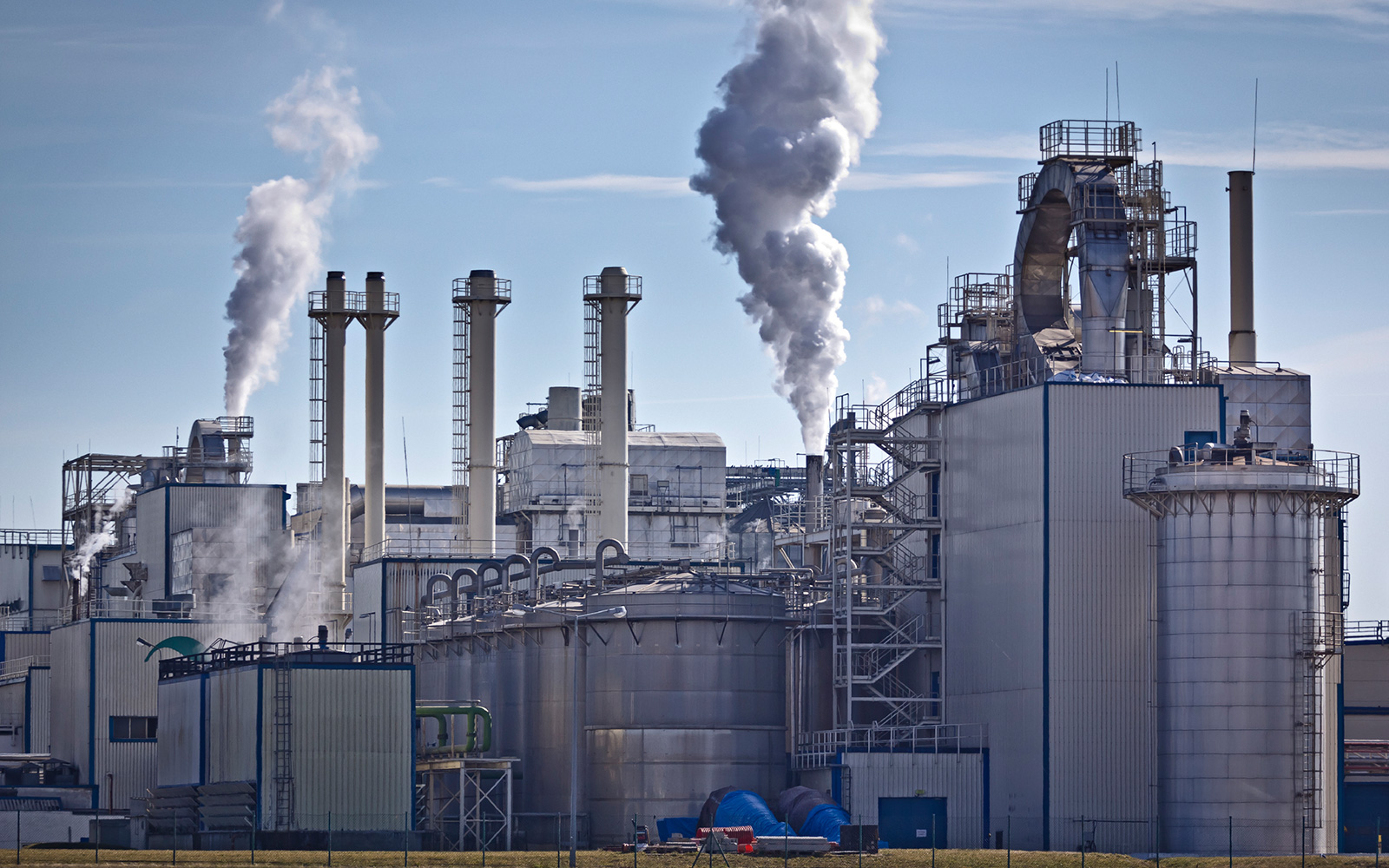
Clean Air Act Regulatory Development Support
U.S. Environmental Protection Agency
Service Area Leads

Working to help protect human health and the environment throughout my career has been an honor. Every day I aspire to excellence in all aspects of my work, with the goal of making the world a better place for current and future generations.

I’m fortunate to have interned in both the private sector and with EPA during my college years as it gave me valuable perspective that has served me well ever since. I believe I found the best of both worlds at ERG as we work to support EPA’s mission, and I’m grateful to do work that makes a real difference in solving environmental issues.

I am inspired every day by my work with clients and colleagues dedicated to improving our environment—and by our shared goal of developing superior, technically sound solutions to some of our nation’s most challenging environmental issues.

Building meaningful relationships with clients, co-workers, stakeholders, and the community is key to the success of every project. Over my years of supporting the U.S. Environmental Protection Agency’s mission as a contractor, I have been fortunate to learn from some of the best and brightest researchers. I look forward to continuing to use my experience and engineering skills in developing innovative solutions to environmental problems in the United States and around the world.
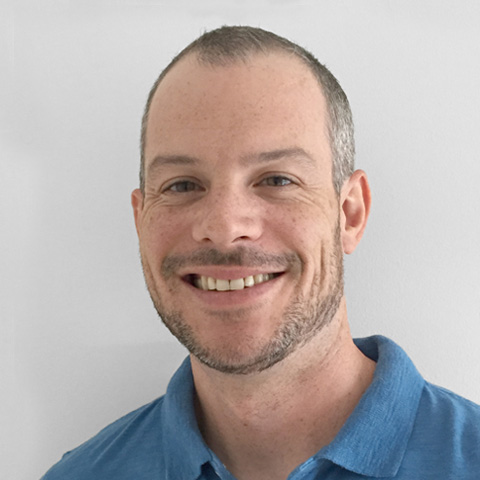
The coming decades will witness a profound shift in how we generate and consume energy. This transformation, driven by both necessity and innovation, will redefine energy access, sustainability, and resiliency. I’m honored to collaborate with ERG’s clients to address the challenges associated with this transition, fostering a more secure and environmentally-sound energy future for all.

I love the challenges and diversity of the air regulatory development work I do at ERG. To help clients protect human health and the environment, while also being mindful of the relevant economic and technical realities, I am continually learning new and emerging information about industrial and air pollution control processes relevant to affected industrial sectors. I enjoy discovering and applying this information to help our clients achieve their goals. I can, and often do, learn something new every day!

I enjoy ERG’s collaborative work environment and helping to develop solutions to complex environmental problems. I find my work very fulfilling, both professionally and personally.

I first became immersed in the environmental field through an internship in the oil and gas industry, where I evaluated emission reduction technologies (considered novel at the time), including technologies promoted by the U.S. Environmental Protection Agency. Since then I have come full circle, supporting EPA in promoting emissions mitigation technologies and analyzing reductions in oil and gas industry emissions.

As a kid, I loved baseball, especially the statistics and data behind it. I would go through box scores in the paper the next day to keep track of my favorite team and players, logging the information into my Commodore 64. I enjoyed exploring the data and looking for trends. Working at ERG on a variety of emission inventory, ambient monitoring, and air quality modeling projects has allowed me to continue my passion for analyzing big data sets. And now I get to tell the story behind the data too.
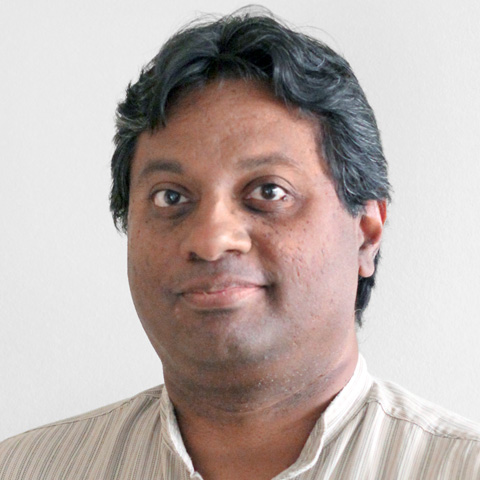
Most of us come into this profession with a healthy sense of idealism, wanting to make a positive contribution to the environment. Looking back at the last 30 years, I can honestly say that what we do at ERG has made a difference. Sometimes small, sometimes big, but always positive. The type of work we do matters to the environment. I am fortunate to be working with people who genuinely care about doing good and doing a good job.
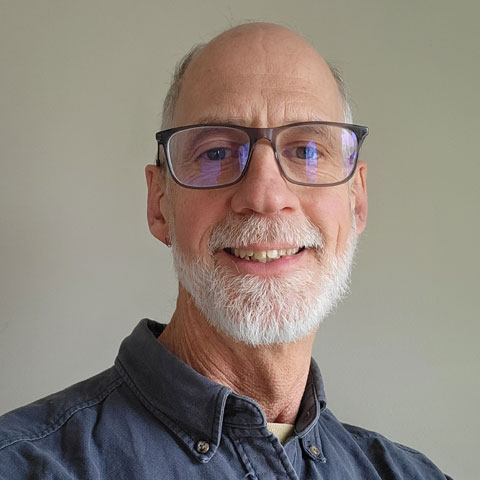
Since the Clean Air Act was amended in 1990, I have had the great fortune to work with amazing people at ERG and with our clients at the federal and state level to reduce pollution and improve the environment for everyone.
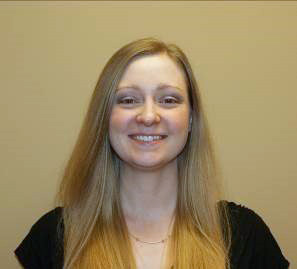
Improving global health demands innovative solutions and evolving perspectives. I thrive on developing cutting-edge methodologies and promoting novel insights made possible by advances in data quality, quantity, and availability.

I gained an appreciation for the environment growing up in Florida, where I enjoyed spending time in the great outdoors—camping, hiking, surfing, and working on the ‘farm’ at the Florida Agricultural Experiment Station. At ERG, my career has allowed me to contribute to the protection of our environment, while continually being challenged to learn new skills and become familiar with the wide variety of industrial activities that give rise to air pollution.

I started working as an environmental scientist when the environmental impacts of acid rain were of great concern. Not long after that, I assisted on a project that examined how effectively fast-growth tree farms could remove carbon dioxide from the atmosphere. I soon realized I was very good at ‘counting things’ and that, in the air quality field, emission inventories form the basis of almost every project. My career focus on emission inventory development has been very diverse and continually offers new challenges and learning opportunities.